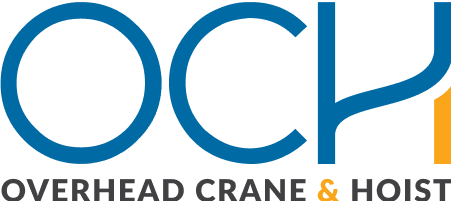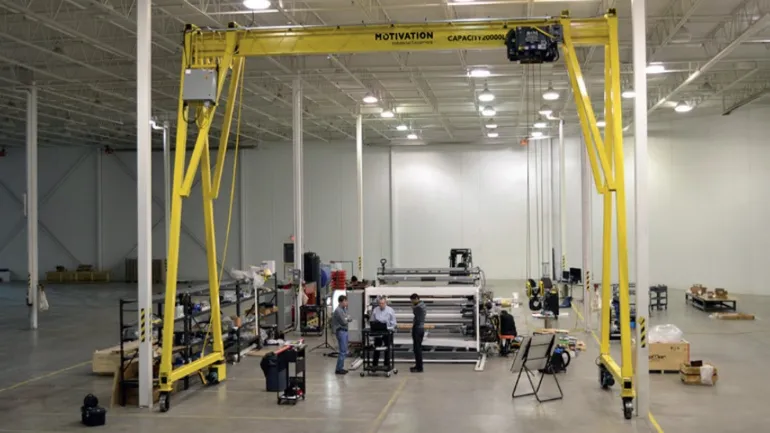All articles by Staff Writer
Thern launches Rescue-Rated davit cranes
US crane and winch manufacturer Thern has launched a new Rescue-Rated Series of davit cranes designed for the personnel rescue arena.
Load Snag Detection Systems Enhance Operational Safety In Overhead Lifting Applications
Operator training is always the most effective means to improve safety in an overhead lifting application. Training and experience help overhead crane and hoist operators avoid many of the most common safety challenges — including preventing load snags. That said, many operations are opting to add an additional measure of insurance to their lifting equipment. Here’s how load snag detection systems enhance operational safety in overhead lifting applications.
Below-the-hook lifting solutions firm welcomes new manufacturer’s representatives
The Caldwell Group Inc. has welcomed two new manufacturing representative firms to the team, Hardu and Mocker & Associates.
Columbus McKinnon adds open loop vector control to Yale YK and Shaw-Box SK electric wire rope hoists
Columbus McKinnon’s Yale YK and Shaw-Box SK electric wire rope hoists are now available with open loop vector control (OLV) in 460V and capacities up to 30 tons.
Overhead crane regional report: Canada can do
Canada’s only neighbour is the United States and too often it is neglected in comparison. But its lifting industry can hold its own against and even penetrate into US markets. Julian Champkin reports.
Mazzella Companies acquires rigging business
US lifting and rigging business Mazzella Companies has announced the acquisition of Newell Davis Company of Wilmington, North Carolina.
Caldwell Coil Grabs and Lifters for New Majestic Steel Flagship Location
Majestic Steel USA is in the final stages of installing material handling equipment, including custom telescopic coil grabs from The Caldwell Group Inc., at its new state-of-the-art facility in Hickman, Arkansas.
R&M Overhead Crane Solution for Forestry Equipment Dealership
Milwaukee Crane & Equipment has installed a custom, 10-ton capacity overhead crane at Papé Machinery’s new construction and forestry equipment dealership in Ponderay, Idaho.
R&M improves reliability for stainless steel producer
Overhead cranes from R&M Materials Handling, Inc. have provided a cost-effective and more reliable solution for a producer of stainless steel.
OZ Lifting Chain Hoists, Trolleys Lift Floating Docks
OZ Lifting Products LLC has provided two 1-ton capacity electric chain hoists and trolleys to lift floating docks, manufactured at a residential property.


